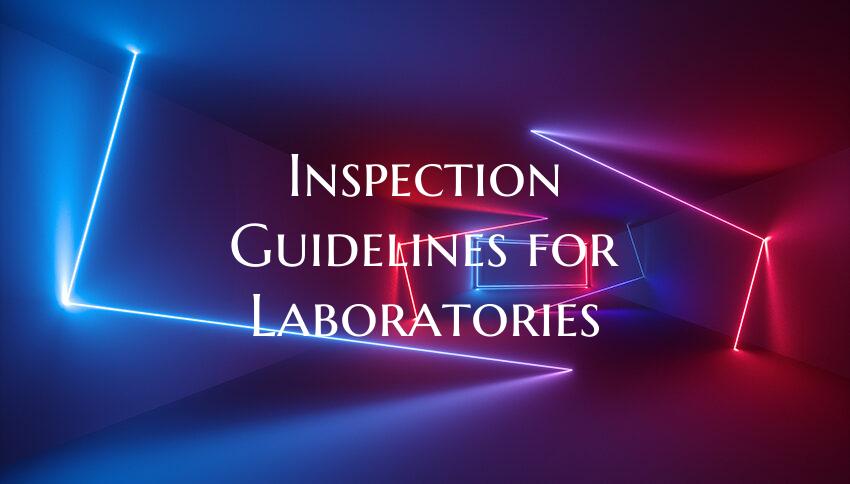Inspection Guidelines for Laboratories
Laboratories play a crucial role in various industries, including healthcare, research, and manufacturing. To ensure the quality and safety of the products and services provided by laboratories, regular inspections are necessary. Inspection guidelines help maintain compliance with regulations and standards, and promote best practices in laboratory operations. Here are some essential guidelines for conducting inspections in laboratories:
1. Documentation Review: - Check that all necessary documents, such as standard operating procedures (SOPs), safety manuals, and quality control records, are up to date and readily available. - Verify that staff training records and certifications are current and maintained according to regulatory requirements.
2. Equipment and Instrumentation: - Inspect all equipment and instrumentation for calibration certificates and maintenance logs. - Ensure that preventive maintenance schedules are followed and documented.
3. Safety and Security: - Evaluate safety protocols, including proper handling and disposal of hazardous materials. - Check emergency response procedures and the availability of safety equipment, such as fire extinguishers and first aid kits.
4. Workplace Environment: - Assess the cleanliness and organization of the laboratory space. - Check for proper ventilation, lighting, and waste disposal to maintain a safe work environment.
5. Quality Control: - Review the laboratory's quality control measures, including proficiency testing and internal quality assurance programs. - Monitor the handling and storage of samples to prevent contamination or mix-ups.
6. Personnel Practices: - Evaluate personnel hygiene practices, such as use of personal protective equipment and handwashing. - Ensure that staff are trained in laboratory procedures and emergency protocols.
7. Data Management: - Verify the integrity and security of data storage systems to prevent data loss or unauthorized access. - Confirm that data is properly labeled, organized, and traceable to maintain transparency and accountability.
8. Regulatory Compliance: - Stay updated on relevant local, state, and federal regulations governing laboratory operations. - Address any identified non-compliance issues promptly and implement corrective actions to prevent recurrence.
By following these inspection guidelines, laboratories can enhance their operational efficiency, ensure the accuracy and reliability of their results, and uphold the highest standards of quality and safety. Regular inspections not only demonstrate a commitment to compliance and best practices but also contribute to the overall success and reputation of the laboratory.

